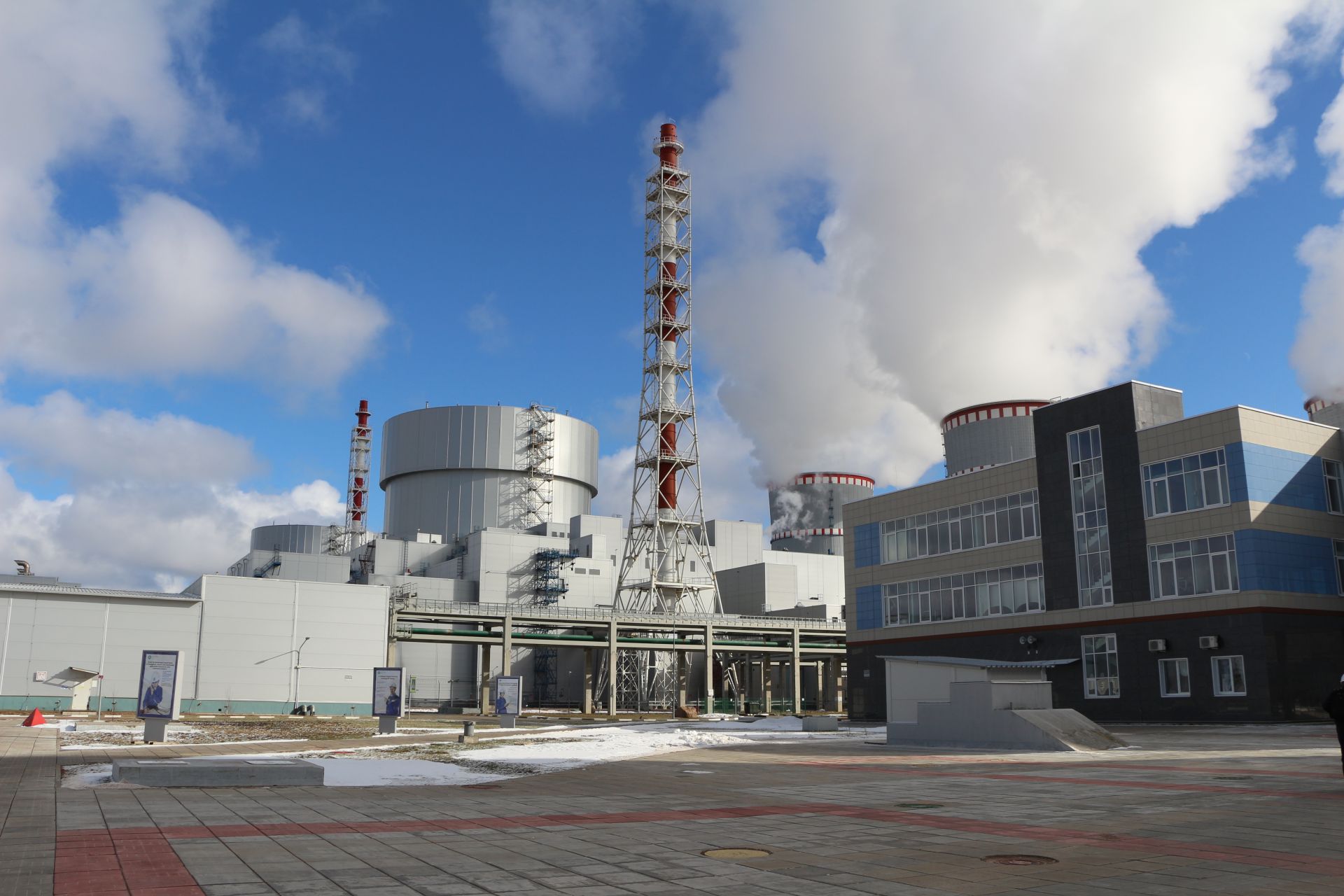Exelon's Byron Nuclear Generating Station.
A group of Illinois lawmakers joined Joe Duffy, executive director of the labor coalition Climate Jobs Illinois (CJI), at a virtual news conference on March 29 to unveil a union-focused, clean energy legislative proposal that includes help for the state’s struggling nuclear power plants.
Rethinking seismic design may be key for making nuclear plant construction affordable.

Nuclear power plants not only provide the nation’s largest source of carbon-free electricity, they also can operate 24 hours a day, 365 days a year to augment intermittent renewables such as wind and solar. Further, studies show that nuclear energy is among the safest forms of energy production, especially when considering factors such as industrial accidents and disease associated with fossil fuel emissions. All said, nuclear has the potential to play a key role in the world’s energy future. Before nuclear can realize that potential, however, researchers and industry must overcome one big challenge: cost.
A team at Idaho National Laboratory is collaborating with experts around the nation to tackle a major piece of the infrastructure equation: earthquake resilience. INL’s Facility Risk Group is taking a multipronged approach to reduce the amount of concrete, rebar, and other infrastructure needed to improve the seismic safety of advanced reactors while also substantially reducing capital costs. The effort is part of a collaboration between INL, industry, the Department of Energy’s Advanced Research Projects Agency–Energy (ARPA-E), and the State University of New York–Buffalo (SUNY Buffalo).
Sen Joe Manchin gives his opening statement at the March 25 hearing.
The Senate Energy and Natural Resources Committee yesterday held a hearing to examine the latest developments in the U.S. nuclear energy sector, with a focus on ways to maintain and expand the use of nuclear in the United States and abroad.
Testifying before the committee were Jeffrey Lyash, president and chief executive officer of the Tennessee Valley Authority (TVA); Chris Levesque, president and CEO of TerraPower, Scott Melbye, president of Uranium Producers of America (UPA); Amy Roma, founding member of the Atlantic Council’s Nuclear Energy and National Security Coalition and a partner with the law firm Hogan Lovells; and J. Clay Sell, CEO of X-energy.



 Within the European Union, recognizing nuclear energy as green, sustainable, and worthy of investment depends on nuclear being added to the EU taxonomy of “sustainable investments that have been found to ‘do no significant harm’ to human health and to the environment.” The EU will issue a final taxonomy this year, and a decision to include nuclear power—which was excluded from a draft released in late 2020—could raise prospects for public and private nuclear investments both inside and outside the EU.
Within the European Union, recognizing nuclear energy as green, sustainable, and worthy of investment depends on nuclear being added to the EU taxonomy of “sustainable investments that have been found to ‘do no significant harm’ to human health and to the environment.” The EU will issue a final taxonomy this year, and a decision to include nuclear power—which was excluded from a draft released in late 2020—could raise prospects for public and private nuclear investments both inside and outside the EU.

 The Gateway for Accelerated Innovation in Nuclear (GAIN) announced that three nuclear technology companies—Radiant, Oklo, and Lightbridge—will receive GAIN nuclear energy vouchers to accelerate the innovation and application of advanced nuclear technologies.
The Gateway for Accelerated Innovation in Nuclear (GAIN) announced that three nuclear technology companies—Radiant, Oklo, and Lightbridge—will receive GAIN nuclear energy vouchers to accelerate the innovation and application of advanced nuclear technologies. 








